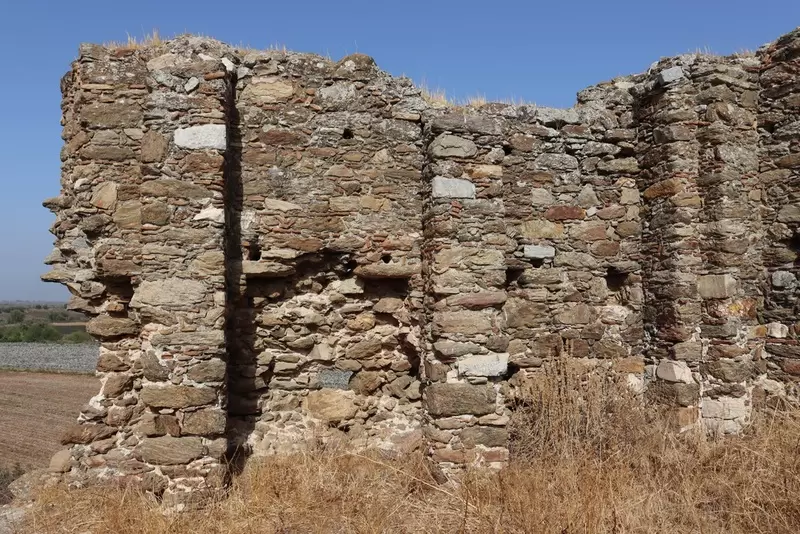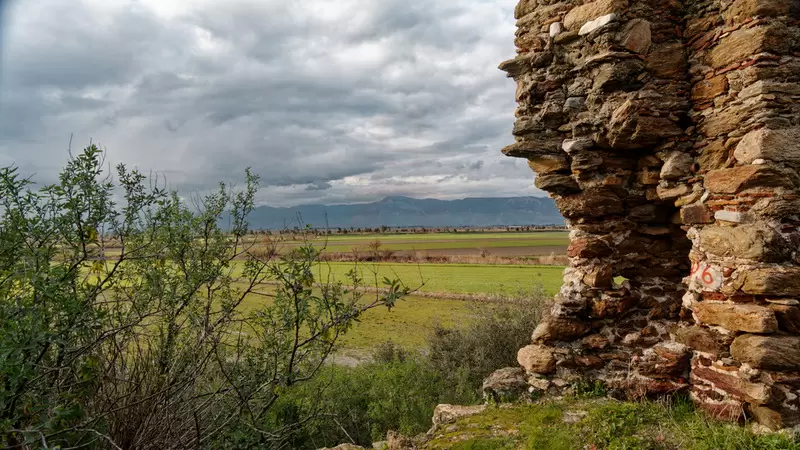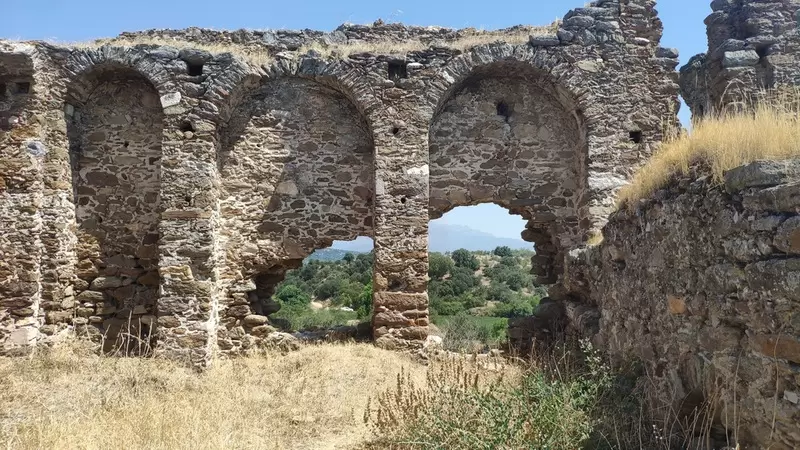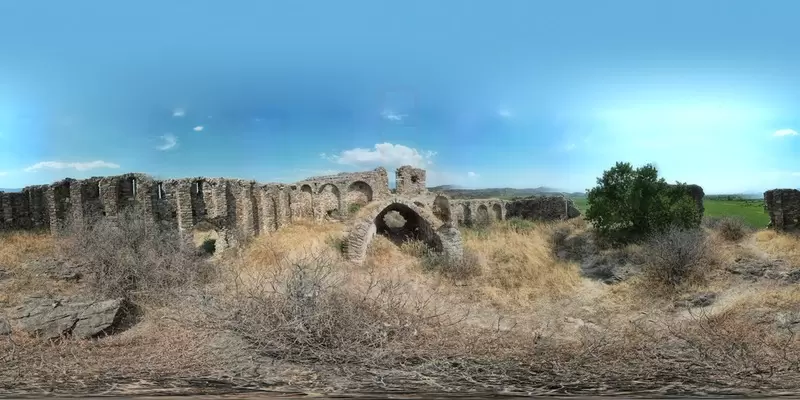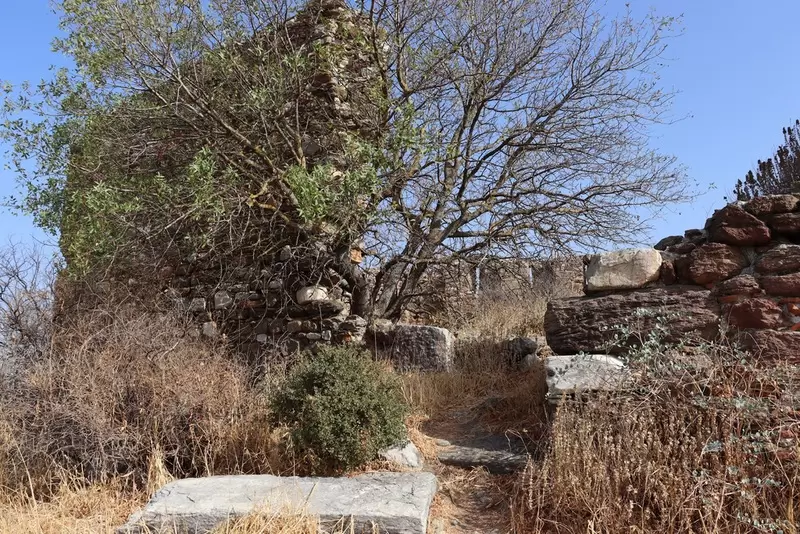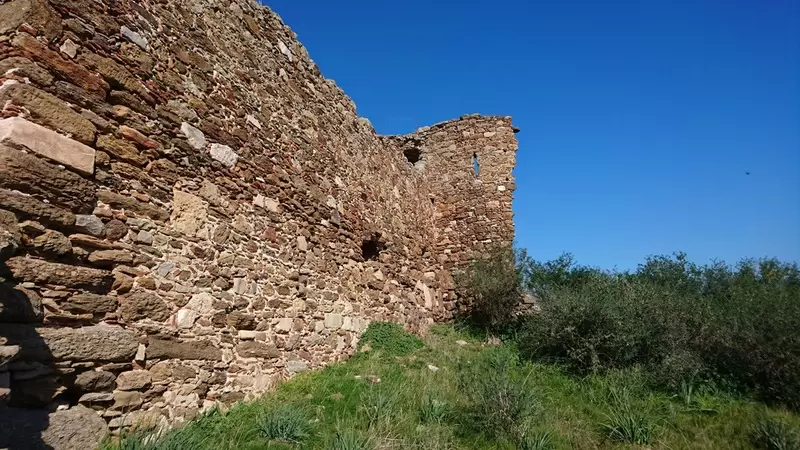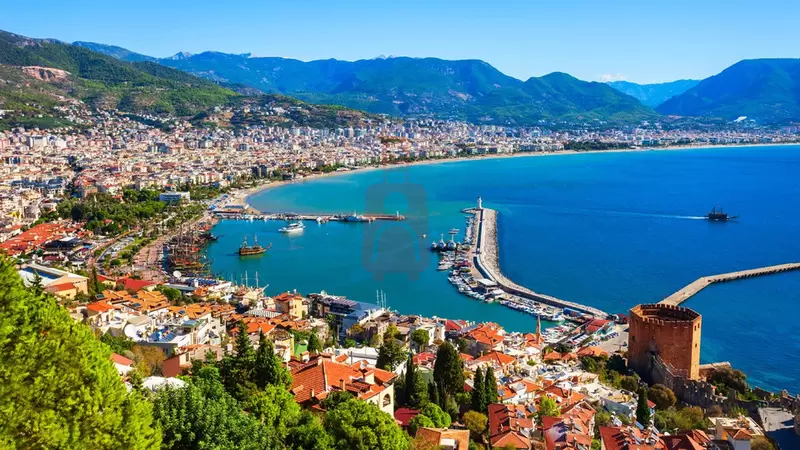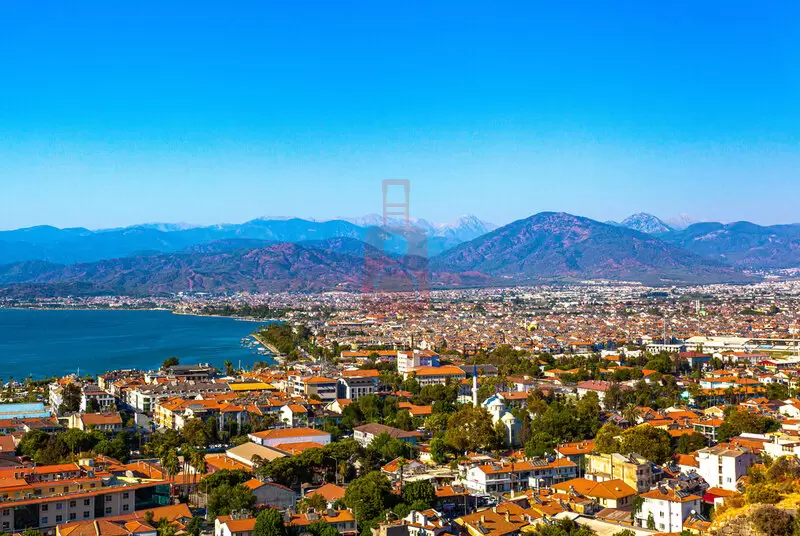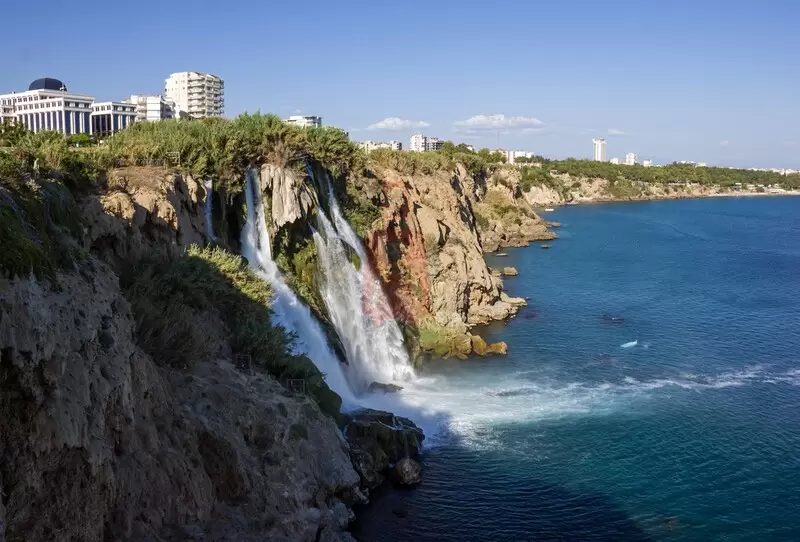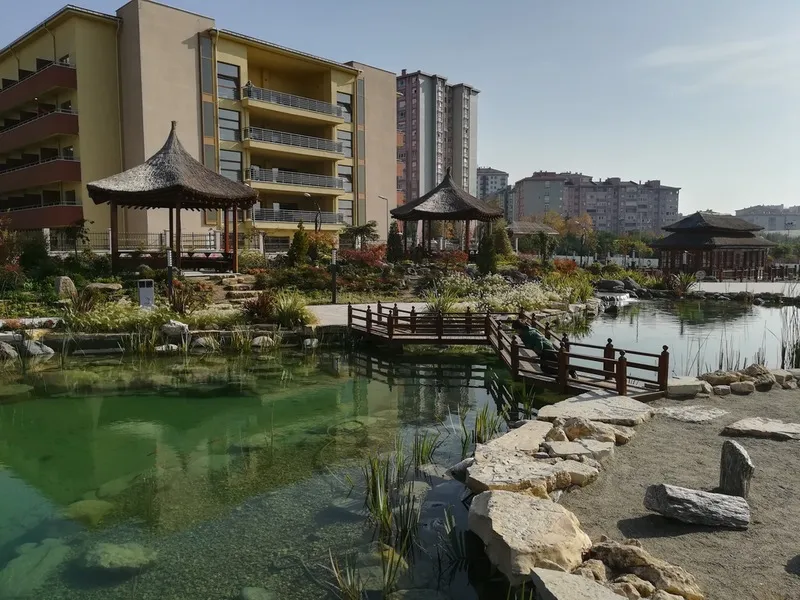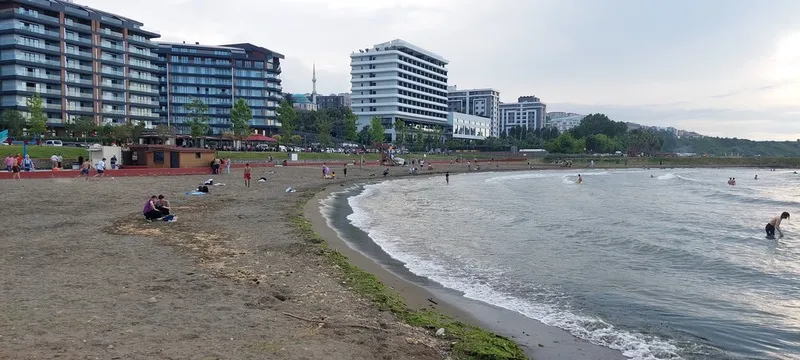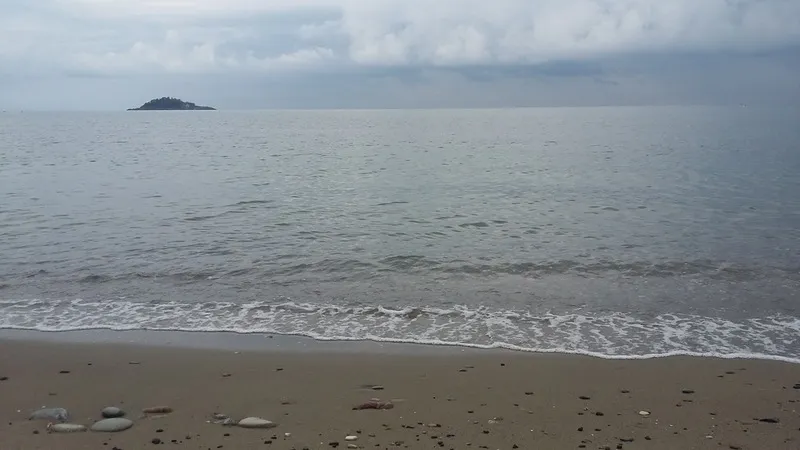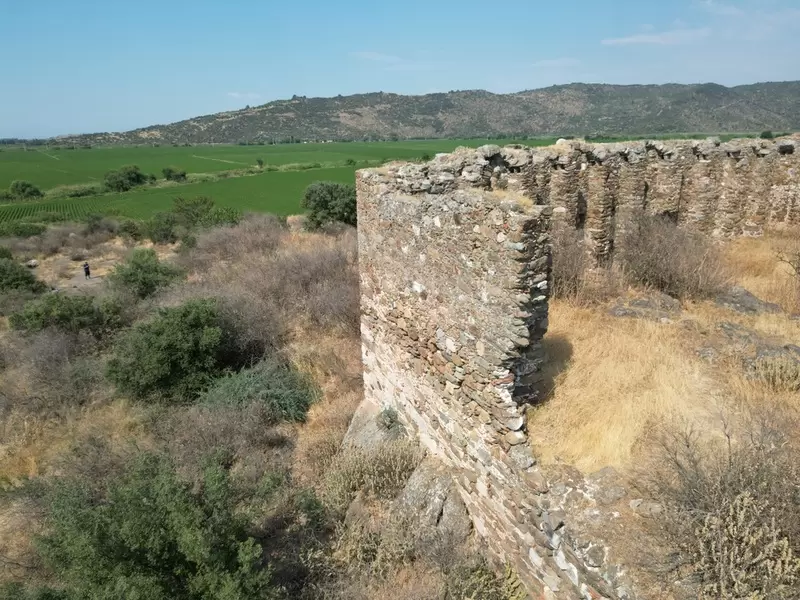
Myus Ancient City:
Myus Ancient City is a captivating archaeological site located in modern-day Turkey, near the confluence of the Meander and Büyük Menderes rivers. Situated approximately 10 kilometers west of the bustling city of Priene and close to the Aegean Sea, Myus was once a prominent Greek city in the region of Ionia.
Historical Significance:
The origins of Myus can be traced back to the 11th century BCE when it was founded by Ionian settlers. Throughout its history, the city experienced various periods of prosperity and decline, influenced by the shifting powers of the ancient world. Myus was a member of the Ionian League, a confederation of twelve Greek city-states that played a crucial role in shaping the political landscape of the region.
During the Archaic and Classical periods, Myus flourished as a center of trade and culture. The city thrived due to its strategic location, serving as a gateway between the Aegean Sea and the inland regions. It was renowned for its agricultural produce, particularly its fine quality wine and olive oil. Myus also played a significant role in maritime trade, with its harbor serving as an important hub for commercial activities.
The city reached its peak during the Hellenistic period under the rule of the Seleucid Empire. However, like many other ancient cities, Myus faced a decline in the Roman era. Natural disasters, including earthquakes and the silting of the Meander River, gradually led to the abandonment of the city. By the Byzantine period, Myus was largely deserted, and its once-thriving population dispersed.
Archaeological Site:
Today, the archaeological site of Myus offers visitors a fascinating glimpse into the past. Excavations have revealed the remains of several notable structures, showcasing the city's architectural and cultural heritage.
One of the main highlights is the Temple of Dionysus, the Greek god of wine and festivity. Although mostly in ruins, the temple's impressive foundation and scattered columns provide insight into its grandeur during ancient times.
The Agora, or central marketplace, was the heart of the city's social and economic activities. Visitors can explore the ruins of shops, stoas (covered walkways), and other structures that once bustled with merchants and locals engaged in trade and daily life.
The Theater of Myus, situated on a hillside, is another remarkable feature. Though partially ruined, the theater retains its semicircular seating arrangement, allowing visitors to imagine the vibrant performances that once took place there.
Other notable structures within the ancient city include the Bouleuterion (council chamber), the Stadium (for athletic contests), and remnants of city walls and gates.
Visiting Myus Ancient City:
To reach Myus Ancient City, one can travel to the town of Söke in western Turkey. From there, it is a short journey by road to the archaeological site. It is advisable to wear comfortable walking shoes and carry plenty of water, as the site covers a significant area.
Exploring the ruins of Myus offers a captivating experience for history enthusiasts and admirers of ancient civilizations. Walking among the remnants of this once-thriving Greek city allows visitors to connect with the past and appreciate the architectural achievements of the time.
While visiting, it is essential to respect the site and follow any guidelines or restrictions provided by the authorities. Additionally, engaging the services of a knowledgeable guide can enhance the experience, as they can provide valuable insights into the history and significance of the various structures.
In conclusion, Myus Ancient City stands as a testament to the rich history of the region and the enduring legacy of the ancient Greeks. With its fascinating archaeological remains, the site offers a captivating journey back in time, allowing visitors to immerse themselves in the splendor of this once-great city.
